Primroses (Primula vulgaris) are some of the first flowering plants to appear after the winter. When these flowers pop up during early spring, they add lots of vibrancy and warmth to your garden.
These perennials are often treated as annuals and they are popular in ornamental gardens because they add lots of color when they bloom in hues of blue, purple, pink, red, white, orange, and yellow.
You can pair different colors of primrose plants in garden beds to create a beautiful rainbow effect in your garden. Lots of gardeners do however pair primroses with some other plant species to enhance the look and aesthetics of these flowers.
In this guide, we are going to explore some of the best and most beautiful companion plants to grow alongside your primroses if you want to create an even more striking garden.
A Quick Guide to the Primrose Plant
If you are looking for a beautiful and easy-to-grow plant to add color to your garden, you may want to consider the primrose. This plant is a popular choice among gardeners because of its vibrant flowers, low maintenance and adaptability to different soil types.
Primrose plants are easy to recognize because of their pale yellow, colorful, pink, or fragrant flowers. The evening primrose is one of the most popular species of primrose, but there are many other types, too.
Soil Type for Evening Primrose Plants
To grow this plant, it is important to keep the soil consistently moist, but not soaked. Primula japonica, or Japanese primrose, is another species of primrose that blooms in early spring, while the common evening primrose blooms in late spring, and the Primula veris blooms in early summer.
In general, primrose plants require a rich soil that is well-draining and high in organic material. You can grow them in any USDA zones 3 and above, but you must ensure that the soil is not allowed to dry out.
Common Pests and Diseases of These Flowering Plants
If you want to grow this plant in your garden, you should also be aware of the common pests and diseases that can harm them, including spider mites and crown rot.
To prevent these pests, it is important to use proper fertilization and irrigation techniques.
General Care of Primrose Plants
One of the great things about primrose plants is they are easy to care for and require only limited attention. They can be grown both indoors and outdoors, and they are low maintenance plants that do not require a lot of attention to thrive.
However, they do require ample water, so be sure to keep your primroses hydrated by providing them with ample water during the growing season.
Lastly, primrose plants are great for water features such as small ponds, fountains, and streams, and they add a splash of color to your water features. The plant is attractive to different beneficial insects including pollinators and butterfly larvae.
What To Plant with Primroses
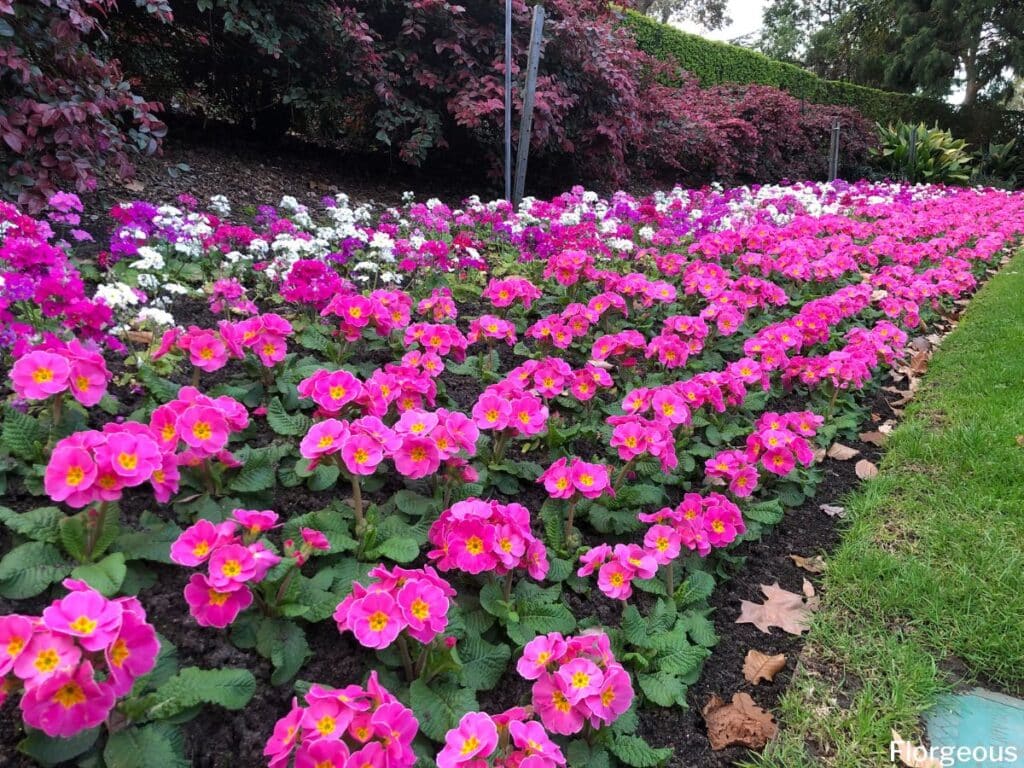
When you are busy matchmaking and seeking out the best companions to add when growing primroses then you should always select plant varieties that have similar growing conditions.
Primrose plants, along with many other plants, are common in shade gardens because they grow well in dappled shade to deep shade in areas that are cool but humid.
When it comes to primrose plant care, these perennial plants prefer moist soil that is slightly acidic and nutrient-rich but the soil should be well-drained to prevent root rot.
Let’s explore some other great shade-loving plants that will grow well in these cool, humid, and moist conditions that primrose plants require.
Japanese Painted Fern
The Japanese painted fern (Athyrium niponicum), also known as the black lady fern or oriental lady fern, is an excellent companion to select when planting primroses.
These foliage plants produce elegant leaves with silver and burgundy markings and will add lots of color and texture when you grow them close to your primrose flowers.
These ferns should be grown in well-drained soil with lots of organic fertilizer and they grow their absolute best in part shade or even full shade.
This fern plant will grow to a height of up to 18 inches tall. Because the ferns are rather short, you should either add taller varieties of primrose behind them or grow shorter varieties like evening primrose plants or hybrid primroses alongside or in front of these ferns.
Hybrid primroses in particular are a good choice, as they’re tough and won’t overcrowd other plants.
Foxglove
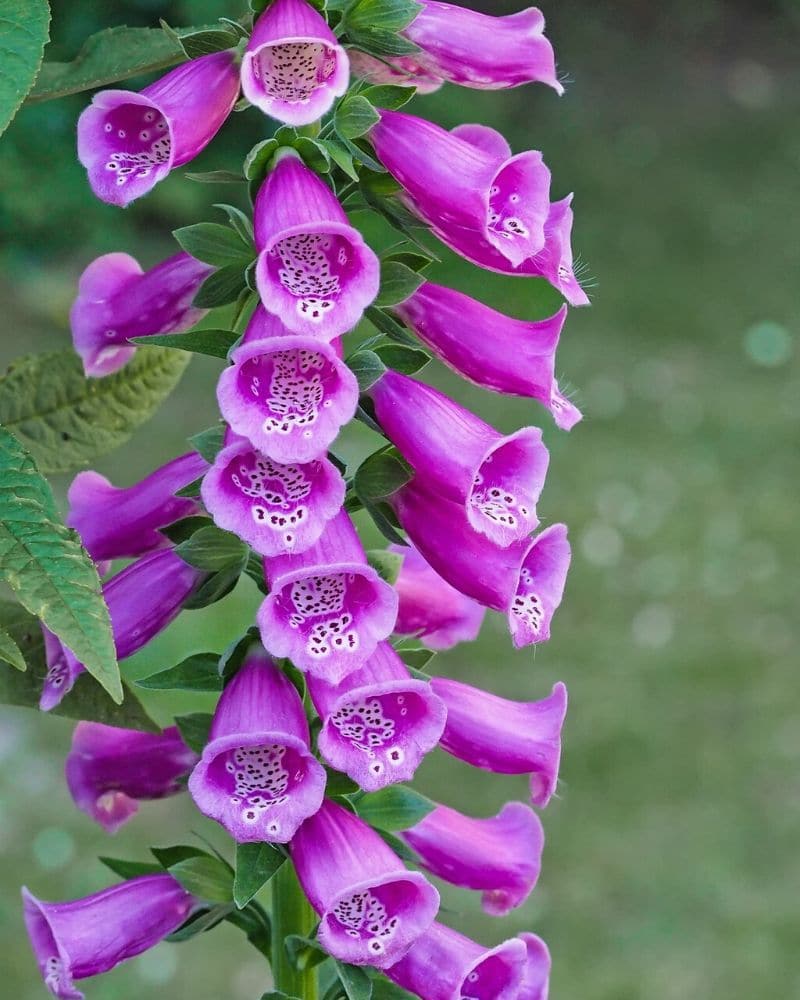
Foxgloves (Digitalis) are terrific perennial plants to grow with primrose plants because they will add lots of texture to your garden with their tall flowering spikes. These flowers will also add multi-seasonal interest since they will continue to bloom well into the summer months.
These summer flowers are also pretty easy to grow but they will take two years to mature before they will start producing flowers. If you want to get instant flowering then you should get some nursery-grown plants that are already matured.
Foxgloves need to be planted in moist but well-drained soil but you should be careful not to let them linger in wet soil for too long. These plants can grow well in light shade and need to be established away from the wind.
These flowers can grow much taller than most primrose species with a maximum height of up to 6 feet tall. As such, it is better to grow foxgloves behind your primroses or to pair them with tall primrose varieties like Giant cowslip (Primula florindae).
Lots of gardeners also love to pair foxgloves with stalky primula genus varieties like the orchid primrose (Primula vialii) or drumstick primrose (Primula denticulata).
Iris
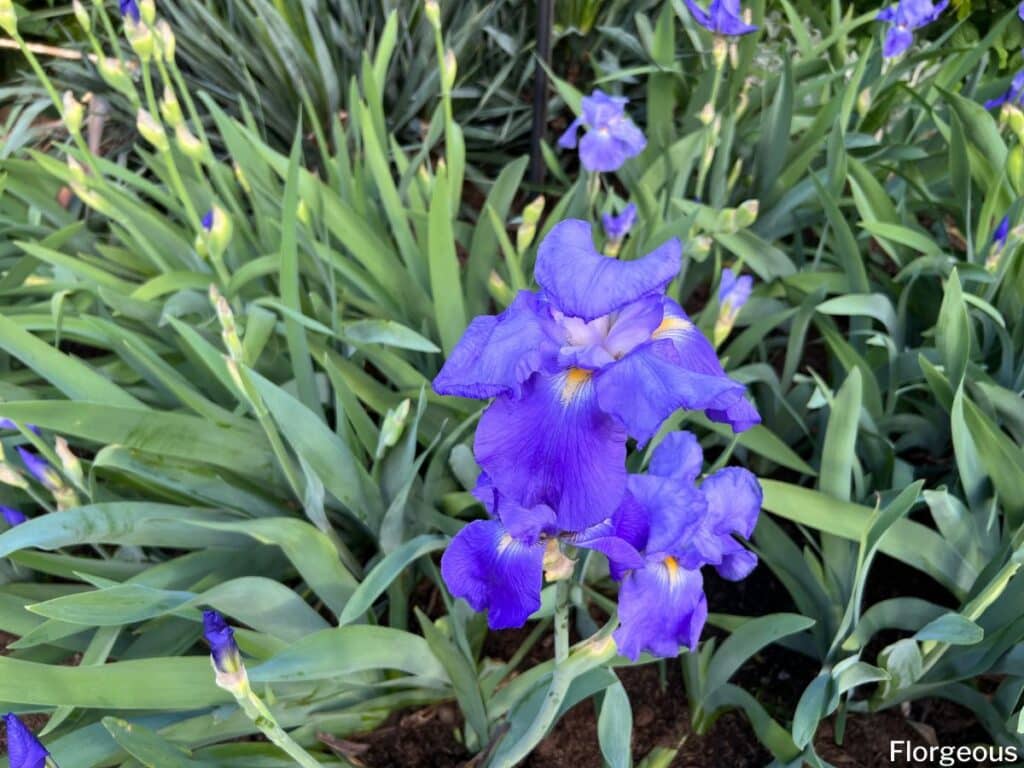
Irises (Iris) are cheerful plants that can add lots of interest to your garden when they produce vivid flowers in colors like purple, blue, yellow, white, pink, orange, brown, or even black on tall spikes. The pink flowers look particularly attractive next to evening primroses!
These evergreen perennials are superb companions for the primrose plant because their stalky leaves will keep your garden bed full and will conceal the dead leaves of primrose plants when they reach the end of their growing season.
Iris flowers need to be grown in a well-drained site with lots of organic matter. The plants can grow well in moist soil and will also flourish in wet or waterlogged conditions which means you can certainly add them around a fish pond that is positioned in light shade.
Irises vary in size and range from six inches to four feet tall. It is best to pair short irises with short primrose varieties like the common primrose or to add tall varieties of iris in the back with short primrose plants in the front.
Bough Trees
Primrose plants grow very well around the base of trees and will add lots of color when you grow them around bough trees (Taxus baccata).
These evergreen boughs can grow well in full sun to shade areas and need to be established in a moist but well-drained site. They are a little bit prone to root rot which means you do need to be careful not to overwater the evergreen bushy tree.
You can mass plant members of the primula family all around these trees to create a striking effect during springtime. The green tree with its spiky leaves will create lots of shade for the primroses and will create a terrific backdrop for these florals.
Plantain Lilies
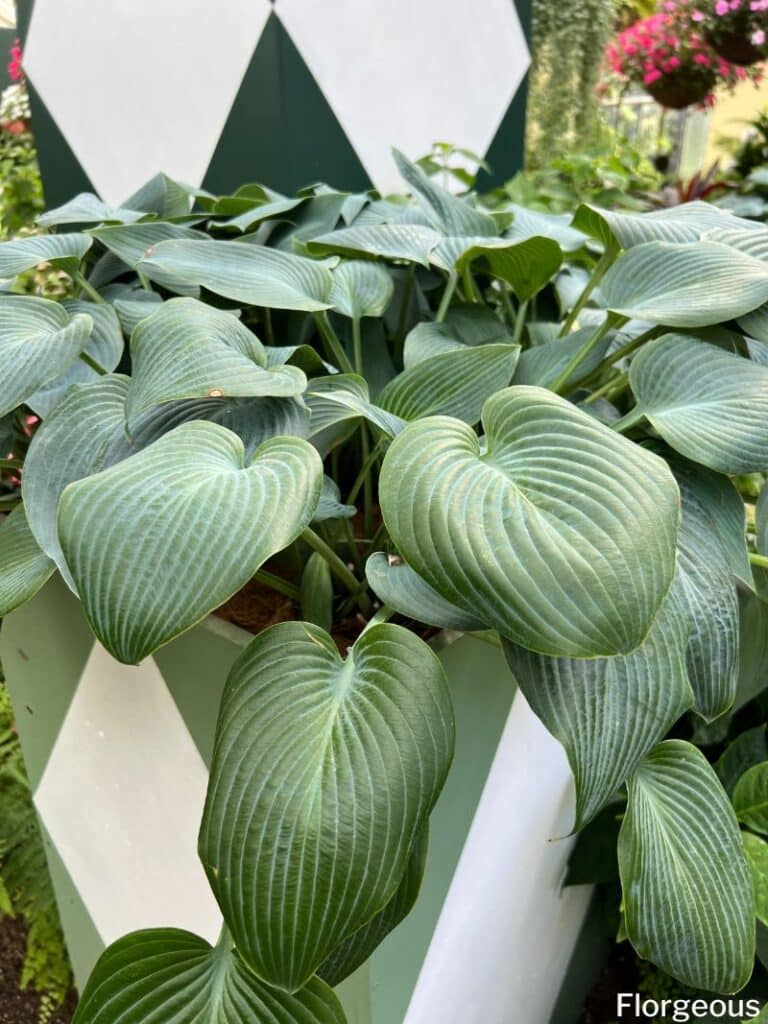
Hostas (Hosta), commonly referred to as plantain lilies, are also excellent primrose companions because they flourish in shaded areas and will add lots of texture to your garden bed. These leafy plants are great for filling out garden beds and they will hide the dead leaves of your primroses when they start to die back.
Hostas grow very well in moist soil with lots of organic fertilizer and they prefer light to full-shade areas.
Darker hosta varieties are especially fond of dark or deep shade areas whereas lighter hosta varieties prefer light shade.
Because primrose plants grow so well in light shade, it is usually best to pair them with yellow foliage hostas. These light-tinted leaves will brighten up your garden and will look rather charming next to the vivid flowering primrose.
See more: What pairs well with hosta plants
What NOT to Plant with Primroses
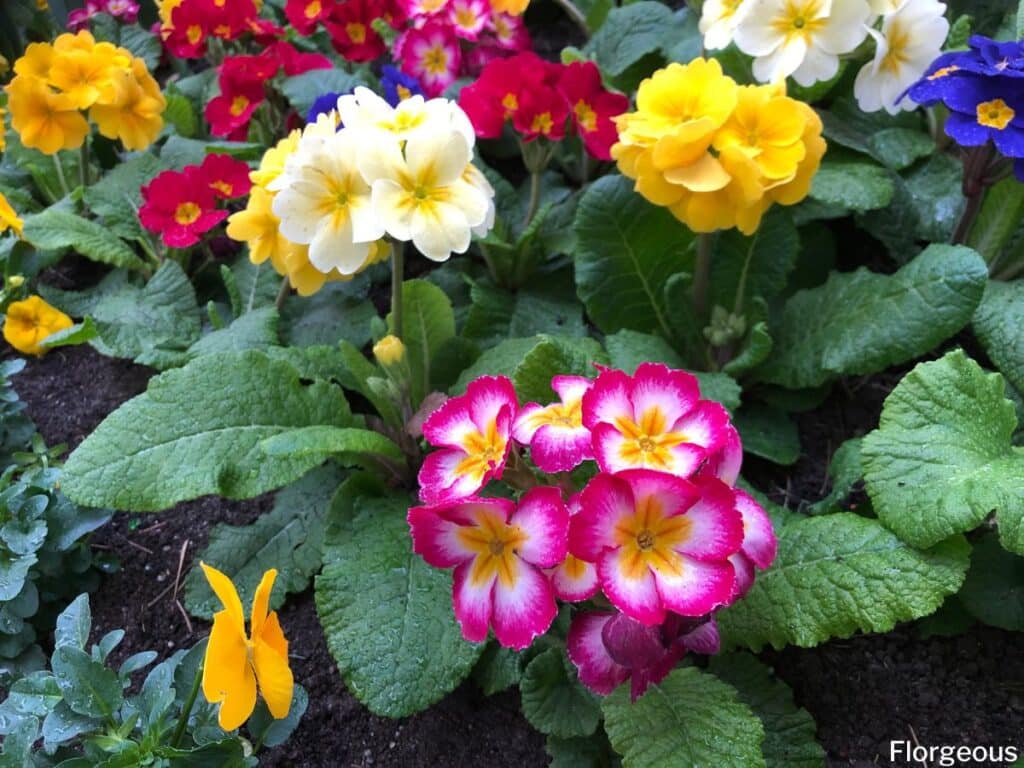
Most primrose types prefer shade garden centers and they need moist soil that drains well. But not all plants can grow well in these humid, cool, and dark areas of your garden.
It is best to avoid adding plants that require lots of direct sunlight. Species like dahlias, bee balm, cannas, peonies, chrysanthemums, and catmint won’t grow well or produce any flowers if they are established in shady areas.
You should also avoid drought-loving plant species like coneflowers, salvias, lavender, Russian sage, and poppies around primrose plants because they are very likely to develop root rot and other problems like powdery mildew if they are grown in humid and wet areas.
Final Thoughts
Primroses have a great many companions that can enhance their natural beauty. These vivid flowers can be paired with all sorts of foliage plants like hostas or ferns and they grow very well alongside plants with showy flowers like foxgloves and irises.
We hope that this primrose companion plants guide made it a little bit easier to select the best varieties for your primroses.
If you are looking for other neighboring plants for some other plant species in your garden then you should have a look at our other guides. With our site, you can find all the latest and best landscaping and gardening advice and tips.
Don’t forget to check our primrose flower meaning guide to learn why many gardeners love growing this flower.







